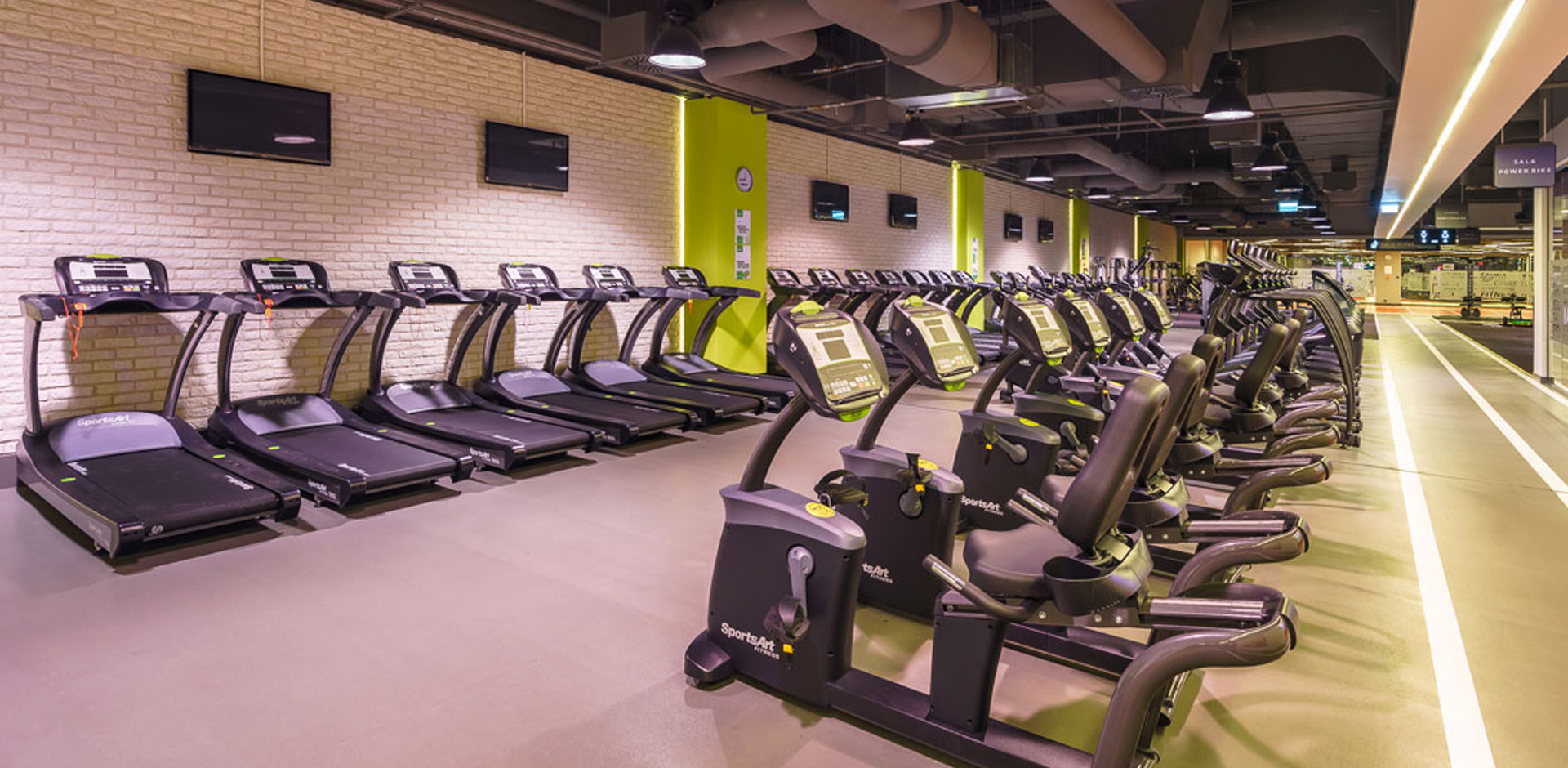Two competitors meet on the starting line, both have worked well for the preparatory period and feel they will win the race. The contestants start, go to the head of the race, maintain a good pace and beat the first kilometers practically at the same time, but with the number of kilometers run one of them begins to slow down, unlike the other one who is winning and with the gold medal around the neck he leaves the podium. Are you wondering what has drastically affected the difference in the result of both players? Using this article I will explain to you what complementary training is and how to use it to maximize your results.
But for starters - what are the weak links?
Certainly you have already encountered the statement that the chain is no stronger than its weakest link. This is not the case when practicing sports, where during the period preceding the start one should focus on the holistic approach to his body and diagnose where the possible cause of the poorer disposition may lie in the future. For example: for a football player, a weak link may be a technique, for a boxer - leg work, for a triathlete the unskillful work of the diaphragm during breathing, and for the runner? - in this case weak links can be really diagnosed, starting with particular muscles, e.g. medium glutes, passing through dysfunctions in the joints caused by old injuries ending with general aerobic or anaerobic endurance.
So how do you diagnose and repair them?
If the problem lies with some previous injury that limits your progress, you should definitely go to a qualified physiotherapist who will diagnose you properly and plan a proper rehabilitation. However, if you feel that you lack endurance, strength, or flexibility, the best option will be to go to the trainer who will directly program your training taking into account your shortcomings. However, if your case does not qualify for work with a physiotherapist, or you do not feel any specific deficiencies, it is worth focusing on complementary training in the form of various group activities that are offered by most gyms.
Which activities will be best for me?
It depends, because everyone may need something else. I will try to describe in turn some of the activities that can have a positive effect on your form.

Cross training - undoubtedly they are one of the best classes, because they shape both types of endurance (aerobic and anaerobic) and significantly improve the strength that directly affects the economy of running. In addition, the exercises are multi-joint, which with the appropriate technique and intensity of exercises will minimize the possibility of new weak links.
Power pump - as in the case of cross training, the pump allows you to practice the whole body, however, the smaller weight used in this type of activity will stimulate less motor units to develop strength, and a large volume and time of energized muscles will more affect the development of the muscle's cross section, rather than the previously mentioned strength, which will also be a big plus for some, because the appropriate level of muscle mass protects us against injuries.

Spinning - activities that will greatly affect the improvement of endurance, and the high intensity and group character of the course will additionally improve the psychomotor endurance, which is very important especially in the last meters before the finish line.
Stretching - when you train systematically, you have to take into account that your body will compensate for micro injuries in the previously mentioned "weak links" and the muscles that are the most exploited. Stretching should be an inseparable element of the training process, because it has a relaxing effect on soft tissues and ensures that the ranges of motion in the joints are appropriate.
Yoga - greatly affects general well-being and is a great tool to "calm down" the body and, like in the case of stretching, it has a positive effect on the overall fitness of the body. It is worth adding that the inseparable element of yoga is work with breath, which directly translates into breathing while running.
Summary
Both professional and amateur should include in their training plan additional complementary training, which will strengthen weak links while reducing the risk of injury and improving motor skills. All the activities mentioned above are worth noting, but remember that it is not worth trying everything at once. A much better solution will be to diagnose where you still have the opportunity to improve and insert the appropriate training or classes into the entire training process.




